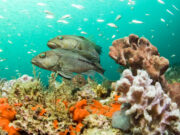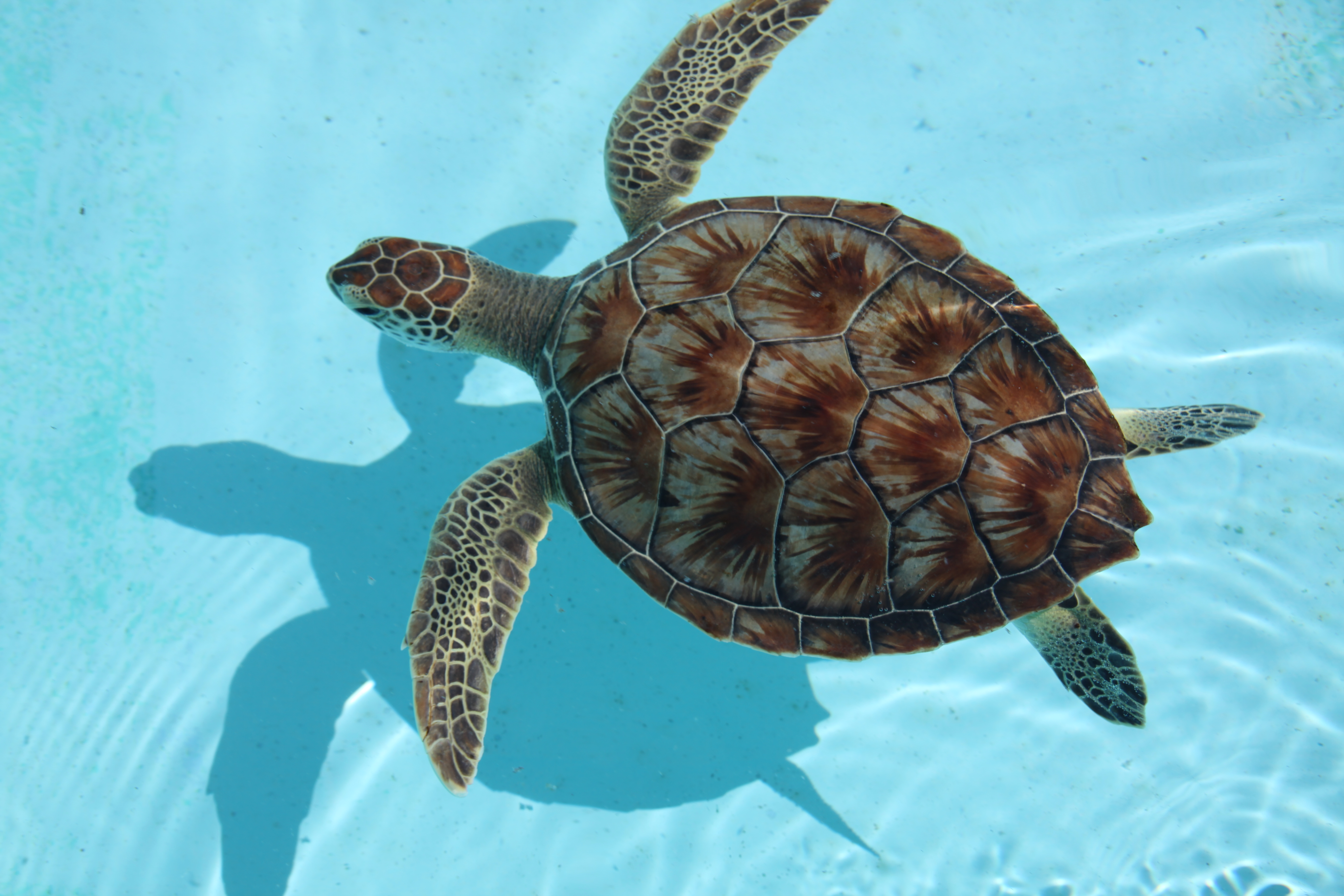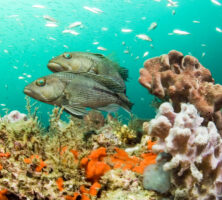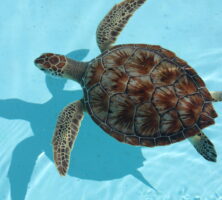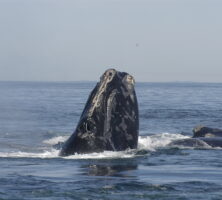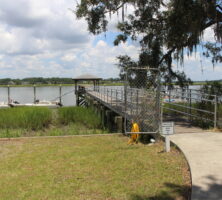The coastal and offshore waters of Georgia provide a tremendous and varied resource. The continental shelf off Georgia is about eighty miles wide and is the widest in the South Atlantic Bight, which extends from Cape Canaveral, Florida, to Cape Hatteras, North Carolina. The Gulf Stream marks the eastern boundary of the shelf.
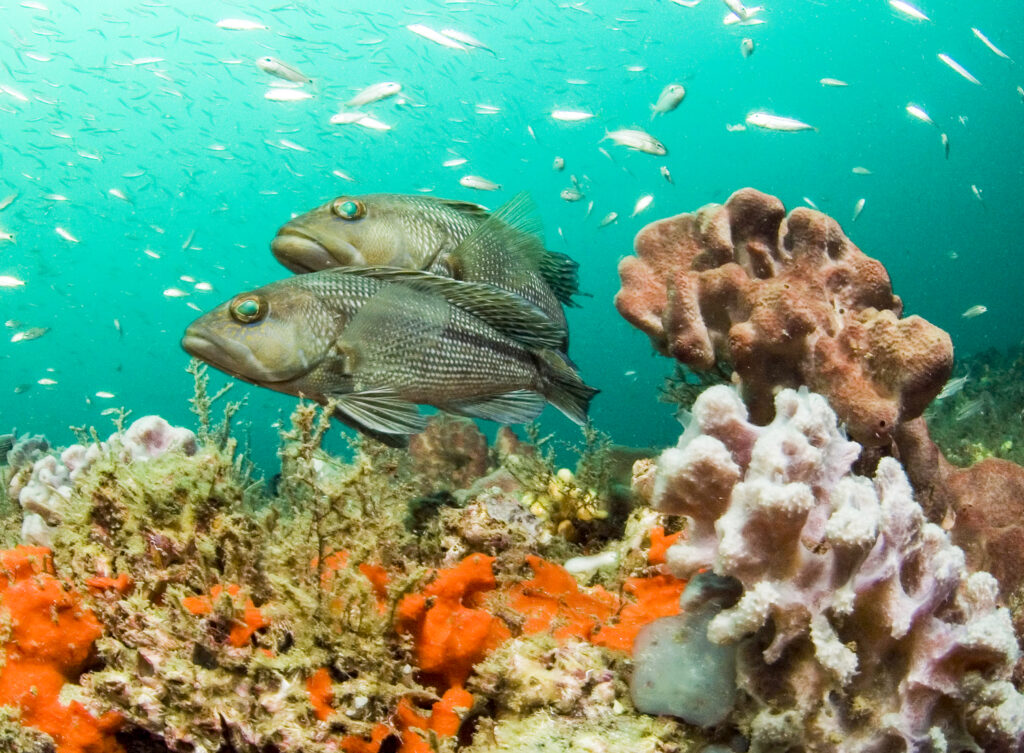
Image from Virginia Sea Grant
Marine Populations
With respect to natural resources, commercially important fishes such as snapper and grouper collect along bottom reefs throughout the middle of the shelf waters. Numerous commercial and recreational migratory fish also pass through these waters seasonally, including Spanish mackerel, king mackerel, cobia, wahoo, and dolphin fish. Several migratory species are known to spawn in the offshore waters, often near the Gulf Stream: these include menhaden, bluefish, mackerel, and squid. On the inner shelf the shrimp fishery provides a large fraction of the total value of the seafood industry. The offshore waters are also the migratory routes of several species of marine turtles, which nest on Georgia beaches; several of these species are threatened throughout their ranges, so the hatching success on Georgia beaches is critical. The extremely endangered North Atlantic right whale, currently thought to number less than 350, uses the shelf waters off Georgia and northeastern Florida during winter as its calving grounds.
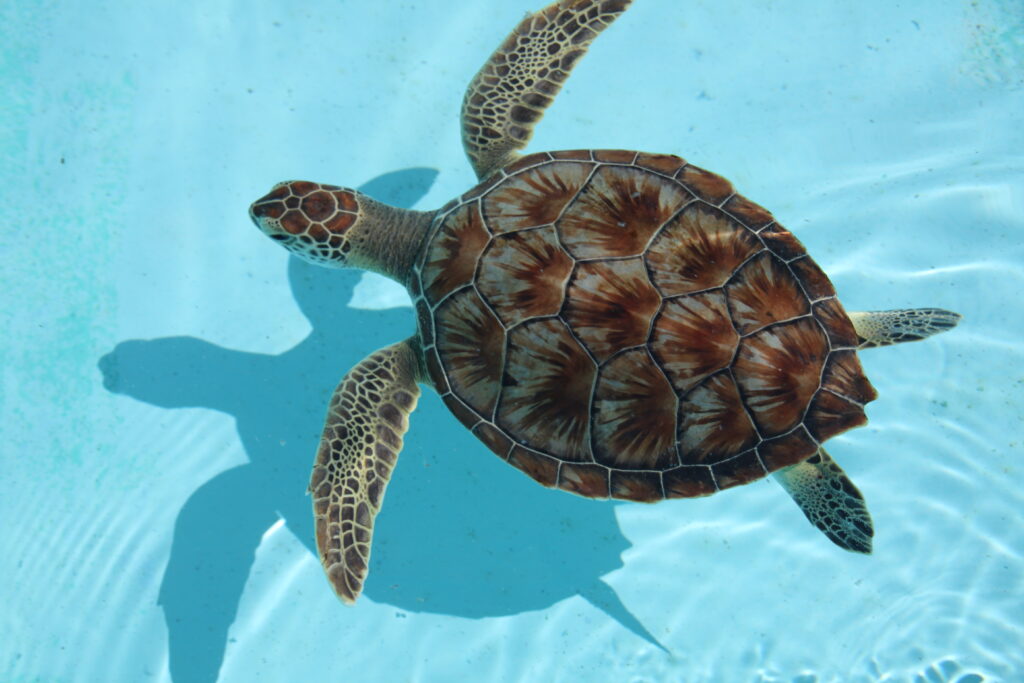
Image from Florida Fish and Wildlife
Environmental Concerns
The land/ocean interface creates a contiguous boundary along twenty-one peripheral states and is thereby vital for such activities as commerce, resource exploitation, and strategic security. Continental shelf waters, by connecting rivers to the open ocean, serve as a conduit for freshwater flow from the continent. Due to the tremendous population growth along the East Coast, however, coastal waters receive contaminated effluent from the nation’s industrial and agricultural centers. Further, the total discharge of freshwater into shelf regions has decreased 15 percent during the last half of the twentieth century because of increased water use. As the human population has grown, so have nutrient concentrations. These nutrients result in increased plant growth (eutrophication), which has caused long-term changes in the global carbon cycle. Productive shelf waters can potentially absorb much of the excess carbon dioxide, a major greenhouse gas, that mankind is loading into the atmosphere, but ironically, the ability of the offshore waters to absorb carbon dioxide depends upon the very nutrients that cause eutrophication. Thus, cleaning up one mess (too many nutrients) may actually hinder the ocean’s ability to help cleanse our atmosphere.
Research
Because of the value of the offshore natural resources, scientific research in the coastal and offshore waters of Georgia has been conducted since the 1970s. The Skidaway Institute of Oceanography, located in Savannah, is an autonomous research unit of the University of Georgia. Research activities at the institute are conducted on scales ranging from local economic and environmental issues to global processes and phenomena. In addition, the Skidaway Institute serves regional and statewide educational and management needs for access to marine research facilities. Coastal marshes and nearshore water are studied at the University of Georgia Marine Institute on Sapelo Island.
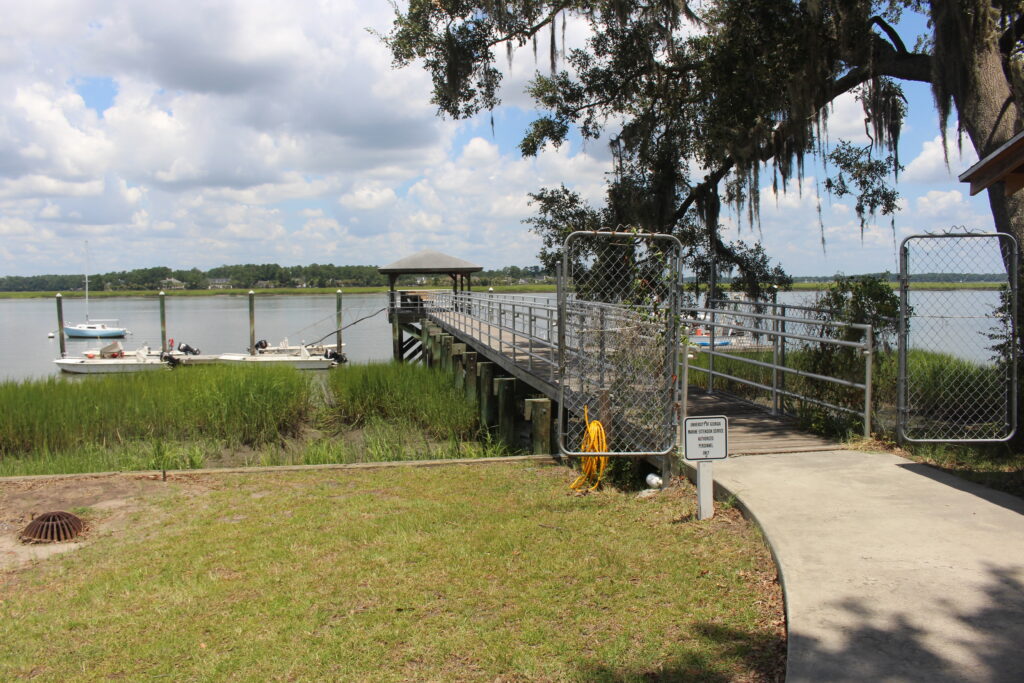
Image from Michael Rivera


